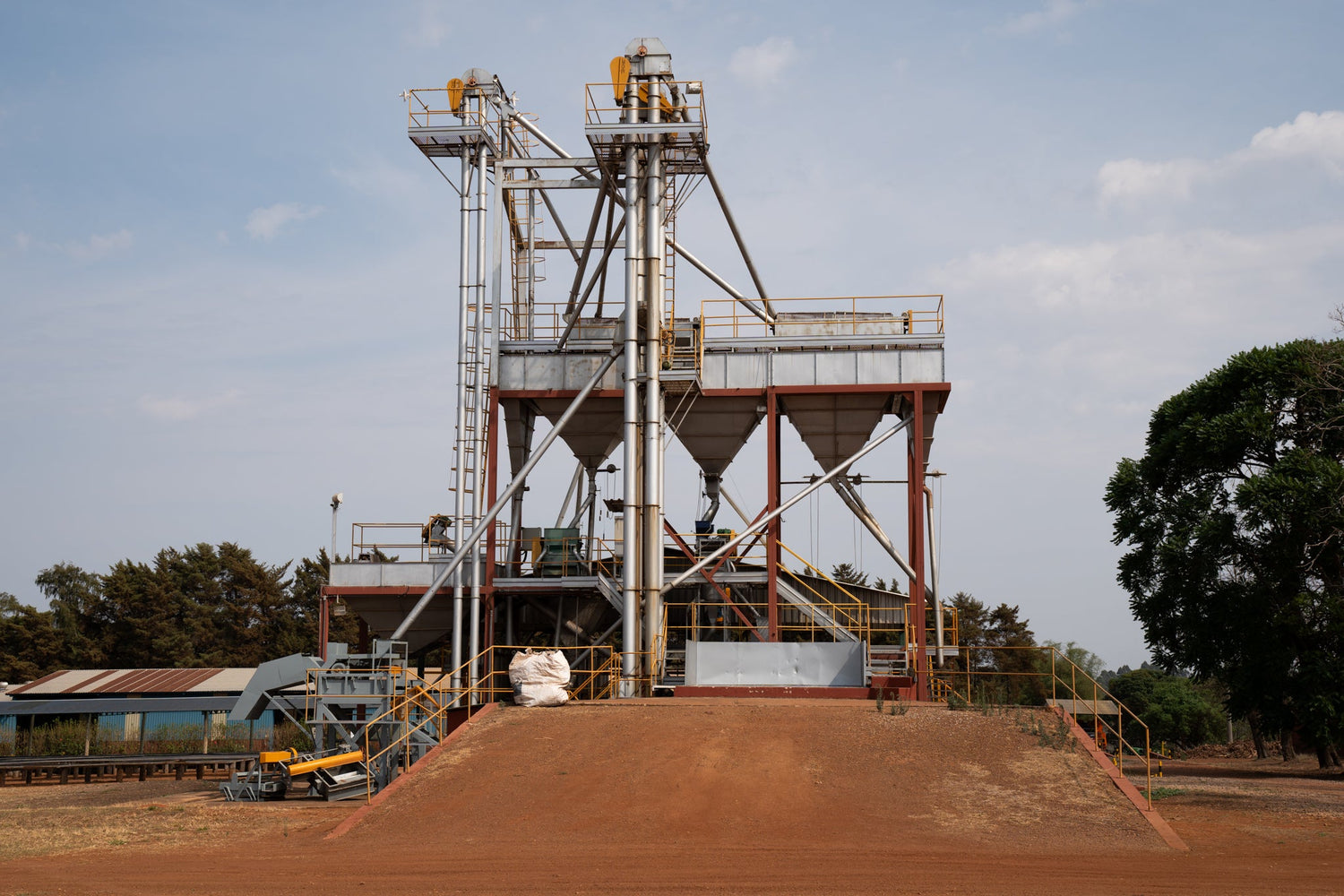Decaf coffee has been around for decades, since the discovery of the decaffeination process in the 1900s by Ludwig Roselius there has only been a growth in interest. Its importance against its great caffeinated rival, seemed like an impossible challenge, but as decaf coffee improves in taste, could it soon be as popular? Initially the challenge was to produce coffee without the caffeine, but as the operation grows the process evolves, so now we can make decaf coffee that tastes great.
Are the days of snubbing decaf over? Some of the biggest factors associated with a decaf order generally revolve around health and not overdoing that caffeine hit but more recently it’s becoming about the flavour. I even hear people saying: “Have you tried this cafe? They’ve got a great decaf!”
Our new logo design, with an array of colours, is there to help you differentiate between our coffees and their unique qualities. We felt like decaf deserved better than grey, our new colour ‘Heather’ or ‘violet’ to be less precise, gives decaf the representation that we feel it deserves.
So this is why we say decaf shouldn’t be an afterthought, what we look for during our coffee selection process is quality matched with a more sustainable process. Decaffeinating coffee involves more complexity then your caffeinated coffees, this is due to the decaffeination process. The coffee beans are grown, harvested and relocated to the decaffeination plant and shipped to our roastery as green beans.
A unique program initiated by Cafe Imports means that the decaffeination process breaks from its industry norms. We see a more sustainable method where the decaf processing occurs in the country before shipping, this means a reduction in air miles.
Where decaf began
Like most great discoveries the decaffeination process was discovered by accident. In 1903 a ship carrying a cargo of coffee accidentally slipped into the sea water, because of this the beans lost most of their caffeine content and Ludwig Roselius worked out that by steaming the beans with various acids before using a solvent to remove the caffeine, you can create a decaffeinated coffee and hoorah, the idea was born.
Since then the process hasn't changed all that much, the process generally remains the same however new techniques and research have been applied to make the process more sustainable and to help retain that great coffee taste.
Now for the science part - there are multiple methods of decaffeination, some introduce solvents and others generally rely on more natural processes. To mention a few there are the CO2 process, the Swiss Water process and the solvent process.
What to know about the sugar cane process
Though the process sounds complex and scientific, it’s actually quite simple.
We start with the green coffee beans which are received, sorted and prepared for processing.
-
The coffee is then steamed for 30 minutes before the decaffeination process begins. This low pressure steaming process opens the pores of the coffee beans, allowing for decaffeination.
-
What happens next is the coffee is placed in the ethyl acetate solution, EA is the naturally occurring compound found by fermenting sugarcane. After being submerged in the solvent the beans naturally bond to the salts of the chlorogenic acids within the coffee. This then allows for the extraction of the coffee.
-
The coffee will become saturated and the tank will be drained, refilled with a fresh solution a number of times, this generally takes around 8 hours.
-
When the final part of caffeine has been removed the bean will be removed from the solution and prepped for a final streaming. This is to remove the remaining traces of E.A.
-
Then dried, physically polished and packed for export.

How the sugar cane process helps to retain flavour
The sugar cane process avoids excessive heat or pressure which can disrupt a green beans cellular structure.
Because ethyl acetate comes from sugar cane and is an organic compound that can effectively remove caffeine, the coffee’s flavour attributes will not be extracted and will rather be slightly sweeter thanks to the solvent.
Why is this process more sustainable?
There is a smaller supply chain – this allows for fewer food-miles, and therefore a smaller carbon footprint.
The sugar cane process not only maintains astonishing integrity of green-coffee flavour, but also allows to offer decaffeinated coffee that follows an integrated vertical supply chain, as the growing, processing, and even the full decaffeination process all happens at the source in Colombia.
What does the future hold for decaf?
What about naturally low caffeine coffee? What if the coffee didn’t need to be decaffeinated at all. Welcoming Laurina coffee, also known as Bourbon pointo which is an Arabica varietal that naturally contains far less caffeine than other arabicas. Where your average arabica coffee holds around 1.6% of caffeine Laurina usually has around 0.6%. Perhaps this could be something for the future of decaf.
Credits:
https://www.decadentdecaf.com/blogs/decadent-decaf-coffee-co/what-is-arabica-laurina-the-naturally-low-caffeine-coffee
https://cdn.cafeimports.com/images/Sugarcane_EA_Decaf_Diagram-2.pdf



